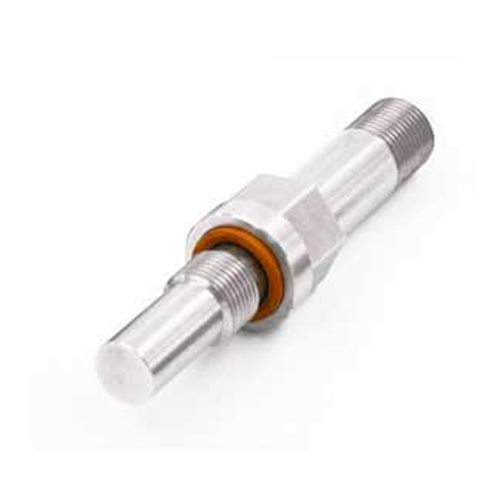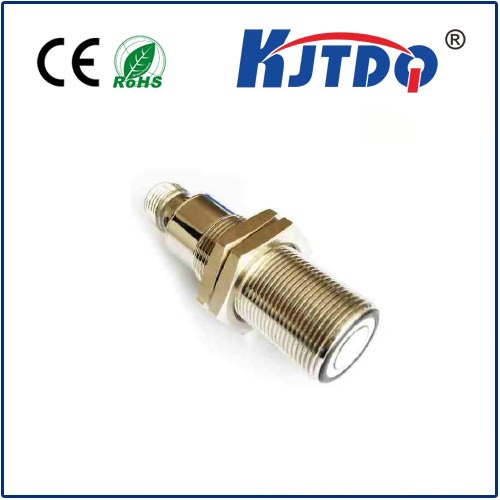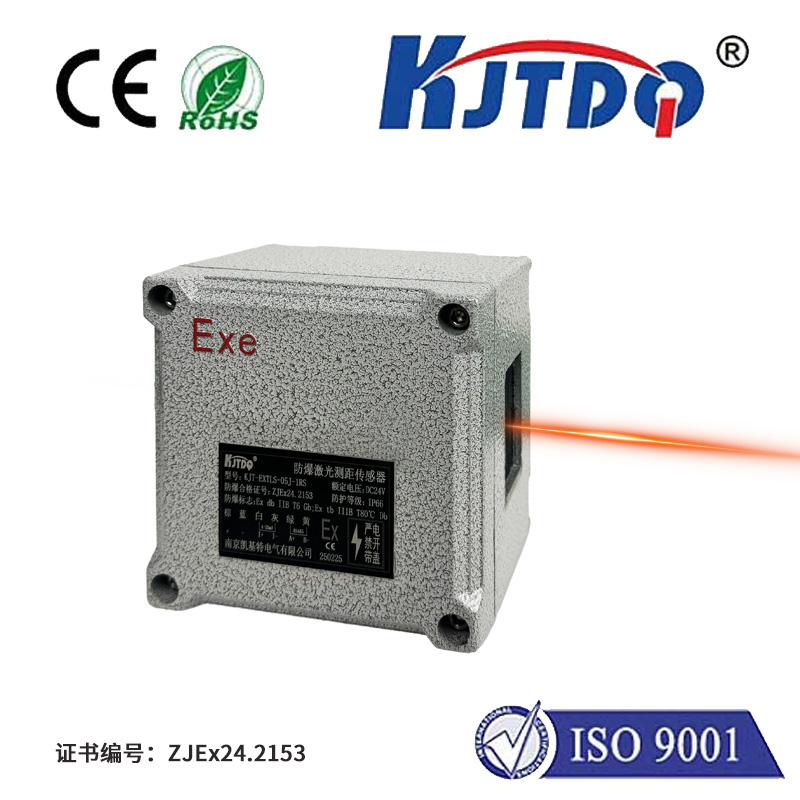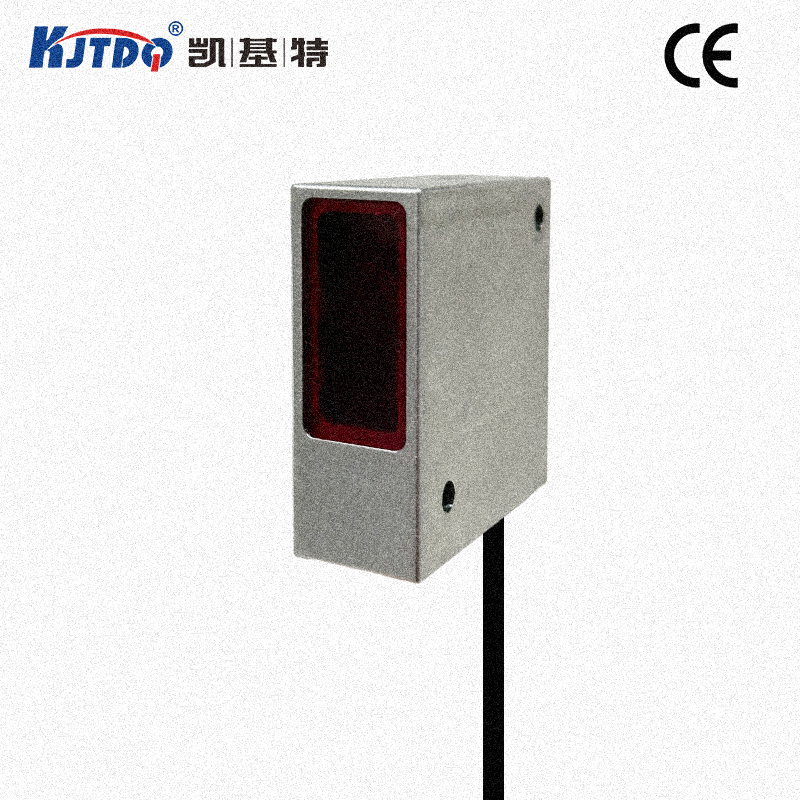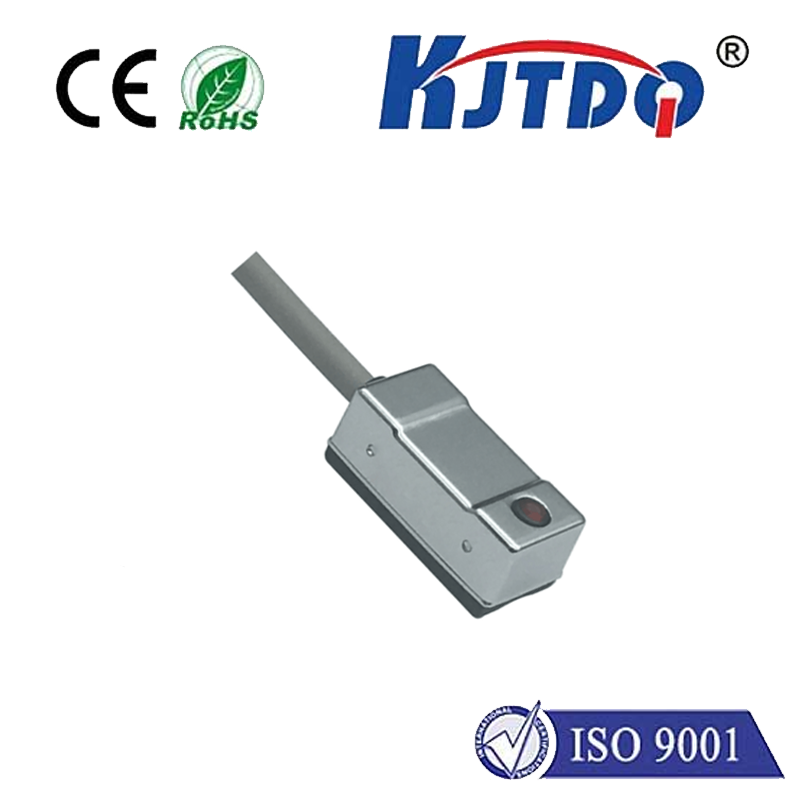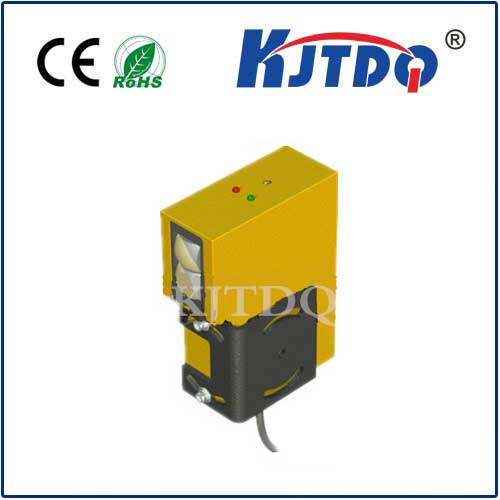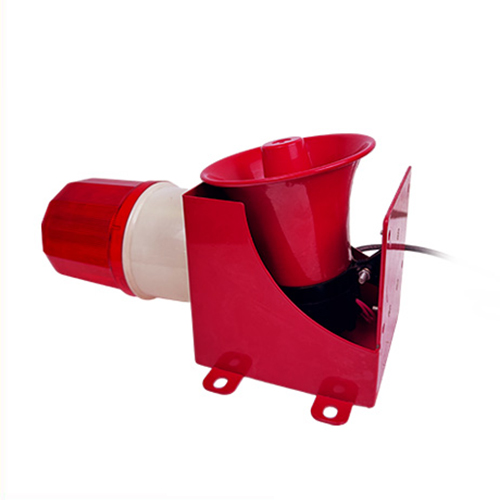duct pressure sensor
- time:2025-08-25 03:43:02
- Нажмите:0
Duct Pressure Sensors: The Silent Guardians of HVAC Efficiency and Airflow Control
Look up at the ceiling tiles or behind an access panel in any modern commercial building, hospital, or even your home’s utility room. Hidden within the labyrinth of sheet metal pathways lies the lifeblood of climate comfort: the ductwork system. While thermostats and vents grab the spotlight, the duct pressure sensor operates as an indispensable, often unseen, sentinel. This unassuming device plays a pivotal role in ensuring your HVAC system breathes efficiently, delivers consistent comfort, and minimizes energy waste. Understanding its function reveals the critical link between precise airflow control and overall system health.
The Crucial Metric: Understanding Static Pressure
At its core, a duct pressure sensor measures the force exerted by air within the ductwork – specifically, its static pressure. Unlike velocity pressure (which relates to the air’s speed), static pressure is the potential energy pushing outward against the duct walls. Imagine blowing up a balloon; the pressure inside, even before you release the air, is analogous to static pressure.
- Why Does Static Pressure Matter? It’s a direct indicator of the resistance the fan encounters while pushing air through the ductwork and components like filters, coils, dampers, and diffusers. An optimally designed system has low static pressure, meaning the fan works efficiently. Excessive static pressure, however, is a major culprit behind HVAC inefficiency. It forces the fan motor to work significantly harder, consuming more energy, generating more noise, shortening equipment lifespan, and often leading to uneven airflow or insufficient heating/cooling capacity.
The Sensor’s Role: From Measurement to Intelligent Control

Modern duct pressure sensors are sophisticated transducers. They typically contain a sensing element (like a piezoresistive diaphragm) that deflects minutely under pressure changes. This deflection is converted into an electrical signal (often a 4-20 mA current loop or a 0-10V DC output), proportional to the measured pressure. This signal becomes the critical feedback loop for the building automation system (BAS) or the HVAC unit’s controller, enabling intelligent responses:
- Optimizing Fan Speed (VFD/VSD Control): This is arguably the most significant impact. Variable Frequency Drives (VFDs) or Variable Speed Drives (VSDs) use the duct pressure measurement as their primary control point. If the sensor detects static pressure rising above the setpoint (indicating increased resistance, perhaps from a filter getting dirty or dampers closing), the controller signals the VFD to increase fan speed to maintain the desired pressure. Conversely, if pressure drops below setpoint (indicating less resistance, like dampers opening), the fan speed decreases. This demand-based ventilation is fundamental to achieving substantial energy savings.
- Ensuring Adequate Airflow: Particularly in Variable Air Volume (VAV) systems, duct pressure sensors are essential. As VAV terminal units modulate dampers to control airflow to specific zones, the upstream static pressure fluctuates. The central sensor ensures the main supply fan adjusts dynamically to maintain sufficient pressure at the VAV boxes, guaranteeing that each zone gets the conditioned air it needs without over-pressurizing the ductwork. This precise airflow control is vital for comfort and efficiency.
- Monitoring System Health & Diagnostics: Continuous duct pressure monitoring serves as an early warning system. A gradual increase in baseline static pressure often signals:
- Clogged Air Filters: The most common cause. Restricted filters force the fan to work harder.
- Dirty Evaporator/Coil Fins: Reduced airflow over coils impacts heat transfer efficiency.
- Damper Malfunctions: Dampers stuck closed restrict flow.
- Ductwork Issues: Collapsed ducts, blockages, or closed fire dampers create unexpected resistance.
- Fan Belt Slippage or Motor Problems: Reduced fan output lowers pressure.
- Differential Pressure Measurement: Many sensors are configured as differential pressure sensors, measuring the pressure difference between two points (e.g., across a filter bank or a coil). This specifically isolates the pressure drop caused by that component, providing precise data on its condition and triggering alerts when filter changes or coil cleaning are needed.
Types and Considerations: Choosing the Right Sentinel
While all duct pressure sensors share the core function, selection depends on application:
- Gauge Pressure Sensors: Measure pressure relative to atmospheric pressure. Common for overall supply or return duct static pressure measurement.
- Differential Pressure Sensors: Measure the difference between two pressure points. Crucially used for filter monitoring, coil monitoring, or airflow proving.
- Absolute Pressure Sensors: Measure pressure relative to a perfect vacuum. Less common in standard duct applications.
- Range: Selecting a sensor with an appropriate pressure range (often measured in Pascals (Pa), Inches of Water Column (in WC), or PSI) is critical for accuracy. HVAC duct pressures are typically low (e.g., 0.1 to 2.0 in WC).
- Accuracy and Calibration: Reliable control requires accurate sensors. Regular calibration checks are recommended.
- Durability and Environment: Sensors must withstand vibration, dust, humidity, and temperature extremes typical within ductwork or mechanical rooms.
- Output Signal and Compatibility: Integration with the existing BAS or controller dictates the required signal type (analog 4-20mA/0-10V, digital protocols like BACnet, Modbus).
Beyond Comfort: The Tangible Benefits of Precise Measurement
Investing in and maintaining reliable duct pressure sensors delivers concrete advantages:
- Significant Energy Savings: Dynamic fan speed control driven by real-time pressure data is arguably the single most effective way to reduce HVAC energy consumption in commercial buildings, potentially cutting fan energy use by 50% or more. This directly translates to energy savings on utility bills.
- Enhanced Comfort: Stable static pressure ensures consistent airflow to all zones, eliminating hot/cold spots and drafts caused by under or over-pressurized ducts.
- Extended Equipment Lifespan: Preventing motors from constantly running at full speed under high load reduces wear and tear, minimizing failures and extending the life of fans and drives.
- Reduced Noise: Lower fan speeds inherently generate less noise pollution.
- Proactive Maintenance: Pressure trend data provides actionable insights. Rising pressure drop across filters signals replacement time. Elevated overall static pressure prompts investigation into blockages or component issues before they cause breakdowns or excessive energy use. Consistent monitoring of airflow control parameters prevents minor issues from escalating.
- Improved Indoor Air Quality (IAQ): By ensuring adequate airflow and enabling timely filter changes based on measured pressure drop rather than arbitrary schedules, these sensors contribute directly to maintaining cleaner air within a space.
The Unseen Key to Performance
Often overlooked within the complex tapestry of an HVAC system, the duct pressure sensor is far more than a simple gauge. It is the fundamental feedback mechanism enabling intelligent, efficient, and responsive operation. By continuously monitoring the vital sign of static pressure, it empowers systems to adapt dynamically, delivering comfort, slashing energy consumption, and safeguarding equipment longevity. In the quest for optimized building performance and sustainability, ensuring these silent guardians are accurately calibrated, strategically placed, and well-maintained is not just good practice – it’s essential HVAC efficiency. Precise duct pressure measurement remains the cornerstone of effective airflow control and energy management.

